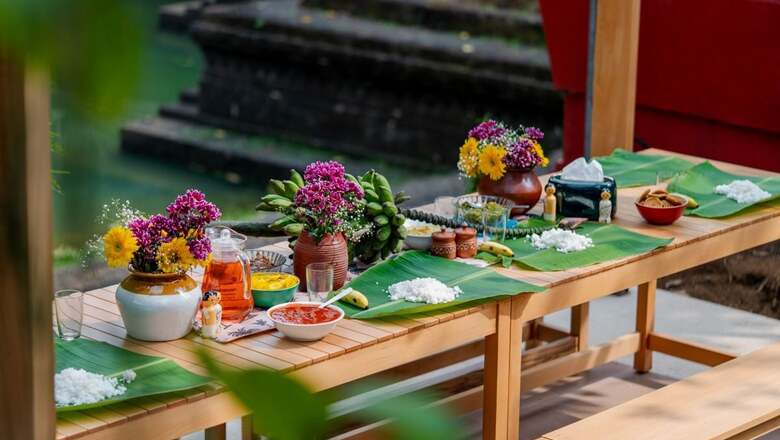
views
World Heritage Day, also known as International Day for Monuments and Sites, is observed annually on April 18th to raise awareness about the importance of preserving cultural and natural heritage sites around the world. The day highlights the significance of these sites in terms of their historical, cultural, and aesthetic value.
The day aims to draw attention to the vital role that heritage sites play in promoting cultural diversity, preserving history, and fostering sustainable development. These sites are not only important for their intrinsic cultural and historical value, but they also contribute significantly to local economies and provide employment opportunities in tourism and related industries.
The day serves as a reminder of the need to protect and conserve these sites for future generations. It raises awareness about the threats that heritage sites face, such as natural disasters, urbanization, pollution, and climate change. It also encourages governments, organizations, and individuals to take action to preserve and promote these sites through various means, such as education, research, and community engagement.
Here are five heritage properties by SaffronStays you must visit to celebrate the rich cultural heritage of our country.
Amaya, Kannur
The Kallur Illam in Kannur, Kerala is a heritage estate that has stood the test of time for over 300 years. Illam (also referred to as Mana) is the Malayalam word for the house of a Namboodiri Brahmin, the traditional feudal elite. The history of this Illam is essentially the history of the Tangals of Northern Malabar. It was the Tharavad, or ancestral house, of the Tangals of Northern Malabar, who resisted Tipu Sultan’s subjugation campaign and fought to keep local culture and traditions alive. During its prime, the estate was a 50-acre estate with several buildings, including a temple, a horse stable, a blacksmith forge, a Kalarippayattu school, barracks, and residences. The home owners bought the 5-bedroom heritage estate from the last Tangal in 1990, and the family decided to restore it to its former glory. The Illam has been restored meticulously using traditional carpenters and masons from near and far, and modern elements of comfort and design were added without overpowering the beautiful Malabar architecture. The home has Nadumuttam or inner courtyard, a massage room, the Mandapam or the sitting area, Kalari or the outdoor court and even a Kulam or pond. If you love history and architecture, SaffronStays Amaya, Kannur, has to be on your bucket list.
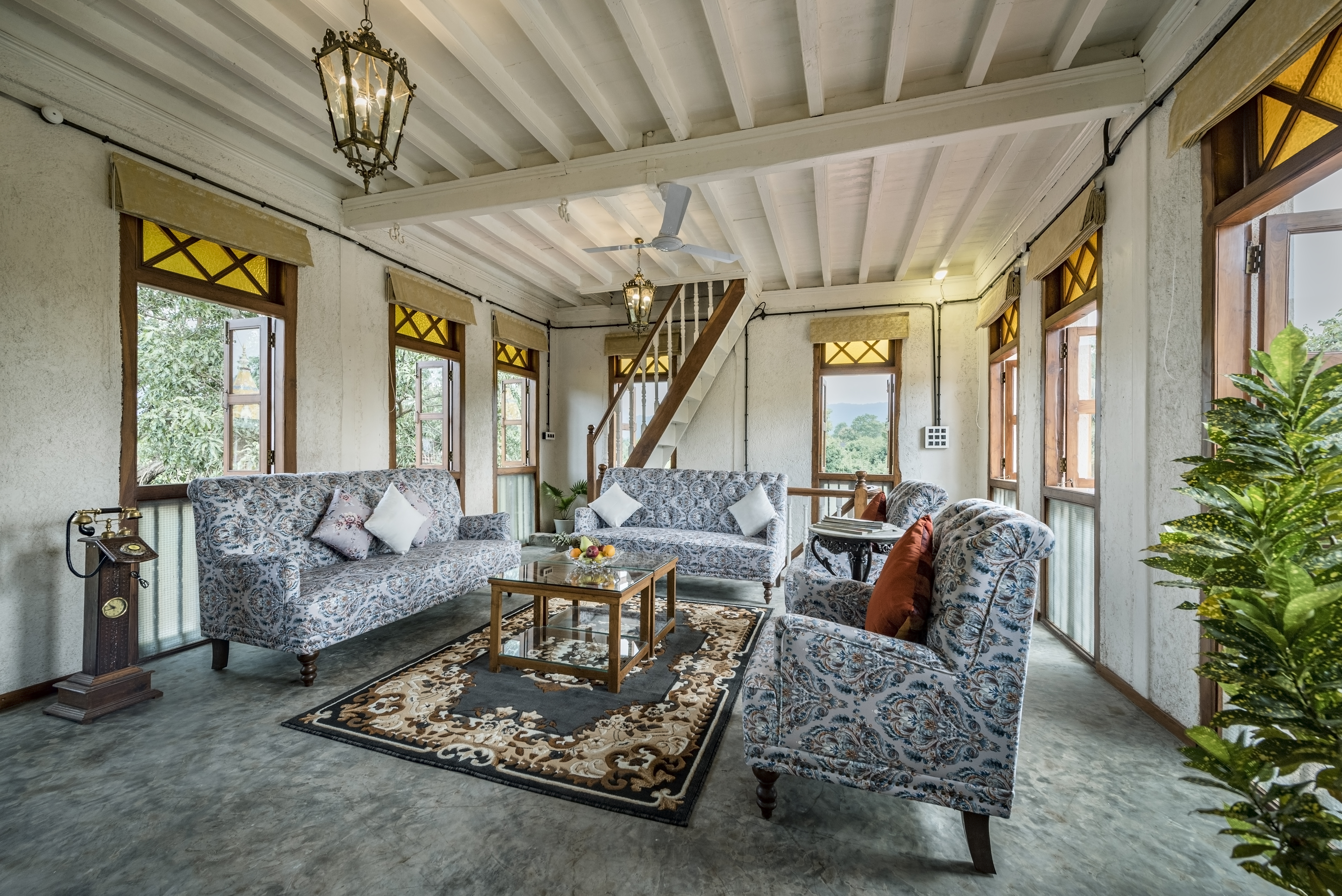
Amolee, Alibaug
When the Bene Israelis fled Israel and came to India more than 2200 years ago, they got shipwrecked in Nagaon, a small fishing village on Maharashtra’s Konkan coast. They sought help from the local Koli community and made Alibaug their new home. This led to a unique hybrid community, born out of interesting historical events and a seamless intermingling of cultures.
Built in 1830, this Wada that’s easily over 200 years old, was painstakingly restored to its original glory. When this 4-bedroom home was built, metal was not used for constructing homes back then and hence the home was built using Burma Teak wood, limestone and bricks which makes the structure extremely strong and has stood the test of time since then. The current home owners bought the home in 1982 and has been with the family ever since.
The home is a landmark for all Jews in the vicinity, being one of the oldest in Sagaon. Many Jewish functions have been celebrated in this villa before the home underwent renovation and restoration efforts. The Mangalorean roof tiles on the top floor remain as they were from a century ago. The house is built so beautifully and extremely ventilated owing to the many floor-to-ceiling windows everywhere. The exteriors of the home have been painted a shade of warm white to highlight the hand-polished window frames and doors. These frames and doors have been polished using the best wood polish to preserve the look of the Sagwan wood over time. All the furniture was made by a local carpenter using Burma teak (Sagwan wood). You’ll find beautiful shades of teal and turquoise in the upholstery and royal golden hues for the blinds giving the home a wonderful old-world charm. All the light fixtures in the home are vintage and made in brass.
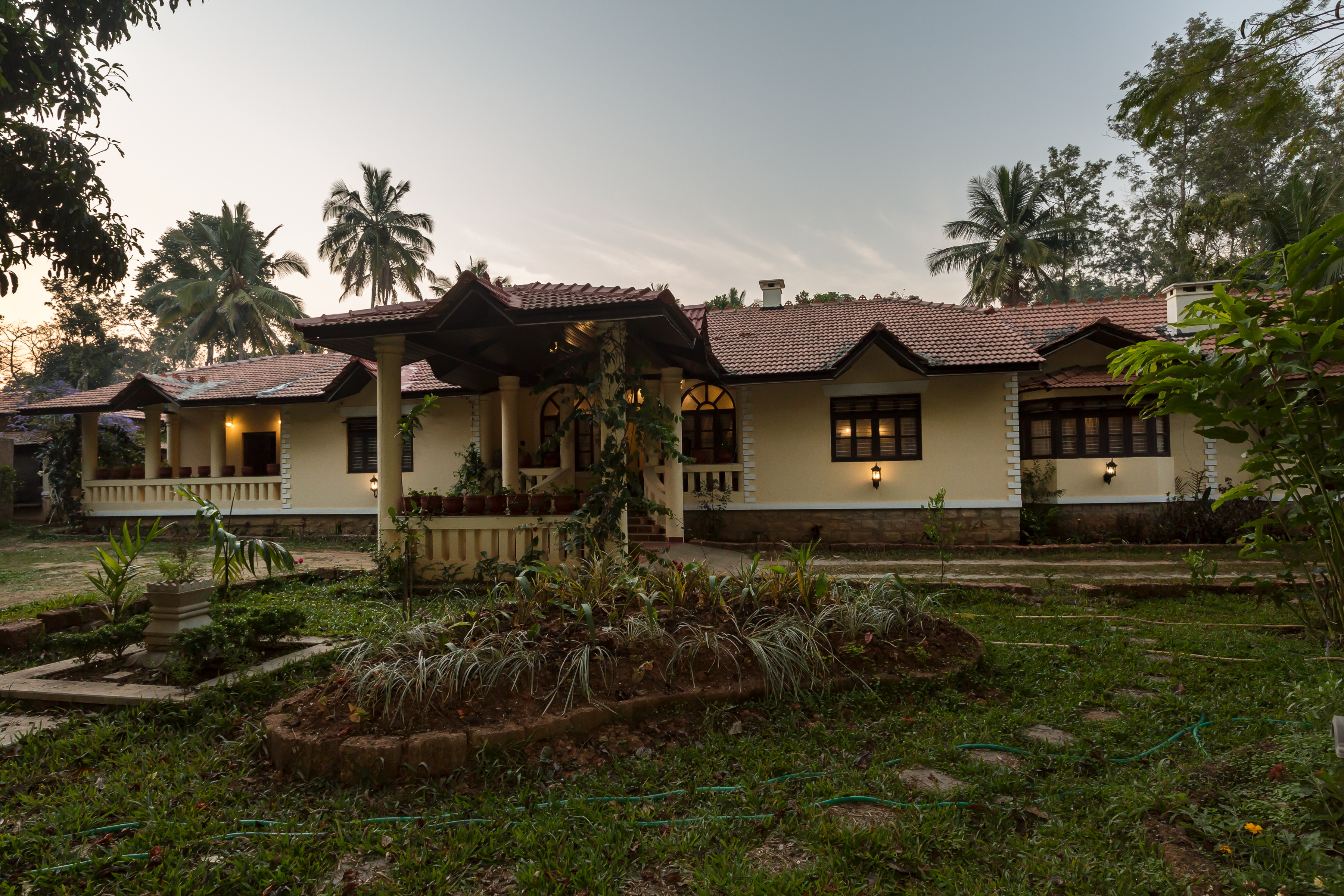
Calamondinn Bungalow, Coorg
Nestled in southern Coorg in Gonikoppa and bordering Nagarhole Tiger Reserve, this estate is a 6000 sq. ft. colonial bungalow located amidst a verdant landscape of endless coffee plantations and forests.
Originally built in the 1890’s, the 5-bedroom home was built by Charles Edmund Waring. Charles was a hunter and farmer who built the home to enjoy the beauty of Coorg while farming on the neighbouring land. The home owner and his family acquired the home from Charles’s grandchildren and painstakingly restored and maintained the home to keep the old world charm alive. The property has some colonial, Victorian rococo & Lutyen influences which one can see in the decor and furniture. The home is filled with several antiques and pays homage to its original owner. The house is Victorian, with intricate, wooden framed mirrors, ornate chandeliers, a gramophone, grandfather clock and many portraits through the home.
For a heritage home like this, restoration efforts are key to maintaining its charm. The owners do timely maintenance checks like roofing around the monsoons and getting the furniture lacquered from time to time, ensuring the colour palette of the wall stays the same and more to ensure this heritage home, SaffronStays Calamondinn Bungalow, is well-maintained and continues to keep its door open for guests.
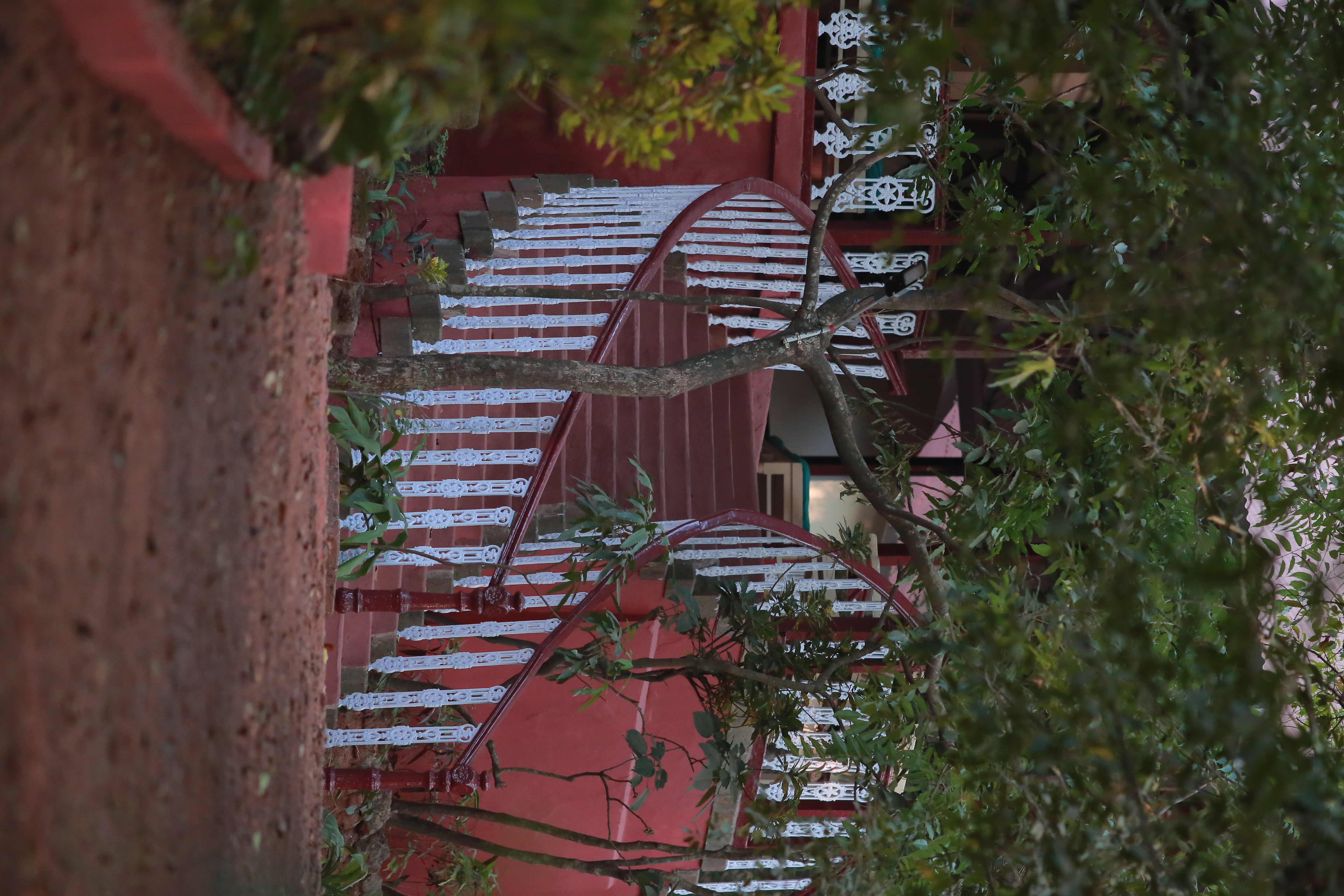
Parsi Manor, Matheran
SaffronStays Parsi Manor is a traditional 19th-century colonial bungalow that once belonged to an erstwhile Parsi family from the hill stations of Matheran. With the recent restoration, the current owner has preserved a rich legacy for perpetuity. The 4-bedroom heritage bungalow reflects a strong Parsi cultural influence. This 130-year old Parsi-owned bungalow with its priceless curios, vintage honeycomb tiles, and earthy decor emanates an old world charm. There is also a cupboard in the home that commemorates the humanitarian work of the Home Owner’s relative in Yazd.
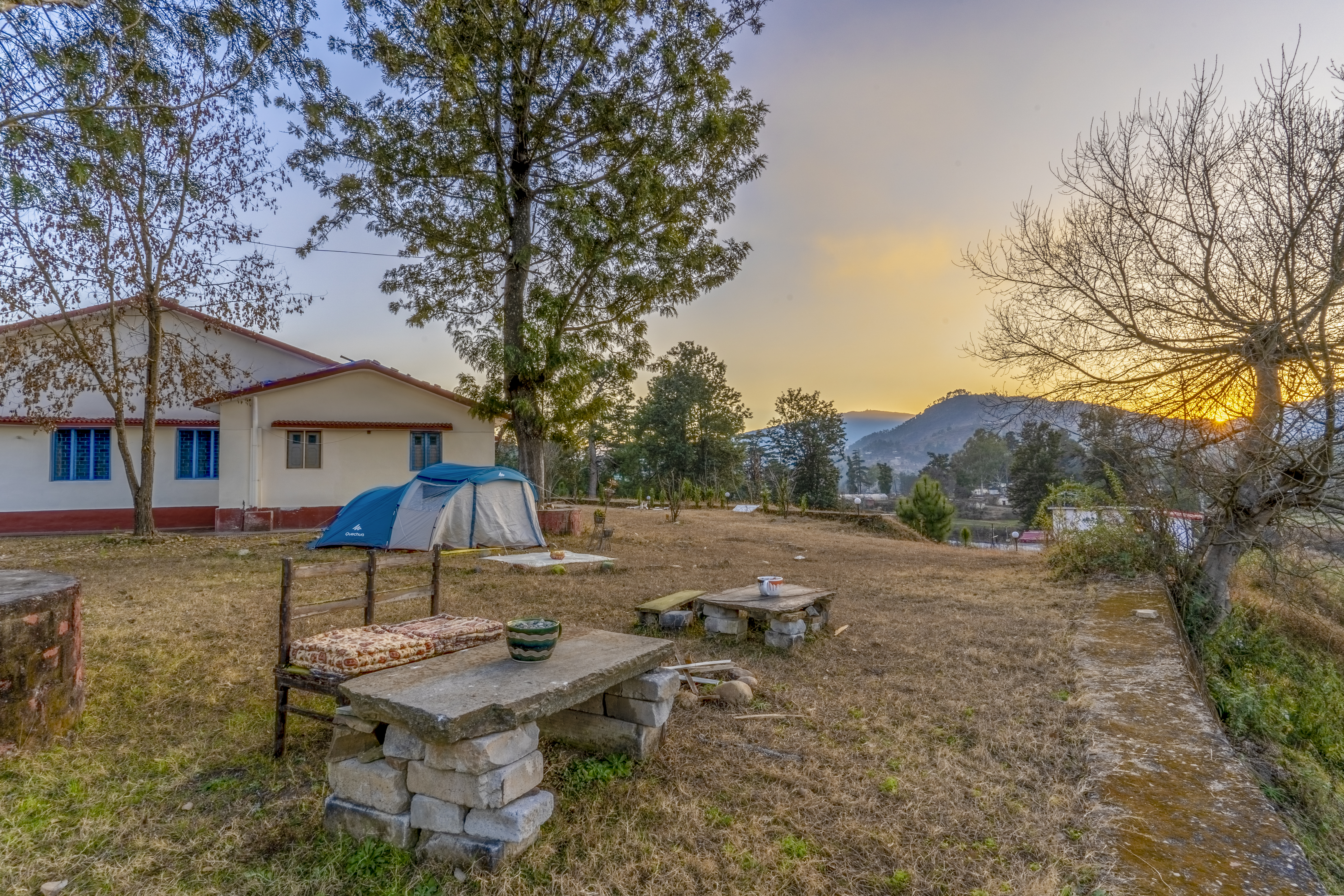
Legacy by Om Villa, Almora, Uttarakhand
SaffronStays Legacy by Om Villa was built around the 1830s by the Britishers and is easily more than 150-years old. It is a traditional 4-bedroom heritage homestay in Hawalbagh near Almora that overlooks the Kosi River. Originally built as a rest house for British officers, this restored and renovated bungalow is a 4-hour drive away from Pantnagar Airport (131 km). In fact, this home was the first establishment in the Kumaon region after the Britishers defeated the Gurkhas, the original rulers of Kumaon. This is the area where the British parked their army and also brought defense forces to this hill. And it is how this bungalow, which is referred to as Dak(meaning letter conveyor) bungalow came to be as the British when traversing through would stop at these bungalows every 8 miles. The home was made of rocks found in the area as at that time metal was not accessible as a material for building homes. The roofs are traditional, made of wood and tin. Since it was made as a place to stop, the interiors are minimalistic and clean. The home was designed in such a way that during winters, the home can feel relatively warmer and during summers, it can feel relatively cooler. Another point to note is that around 7 Kms from the home is the Katarmal Surya Temple which is a replica of the Konark Sun temple, boasting intricate carvings and designs on wooden doors and panels and making this a tourist attraction that is now preserved by the Archaeological Survey of India.
Read all the Latest Lifestyle News here



















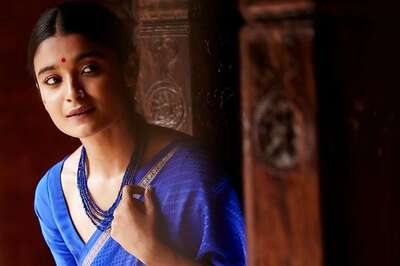
Comments
0 comment